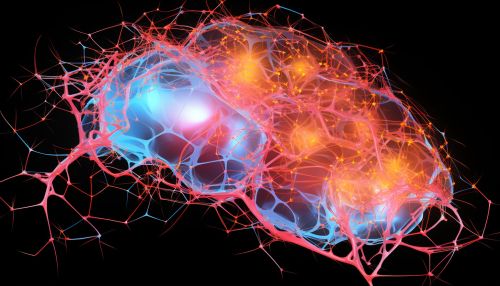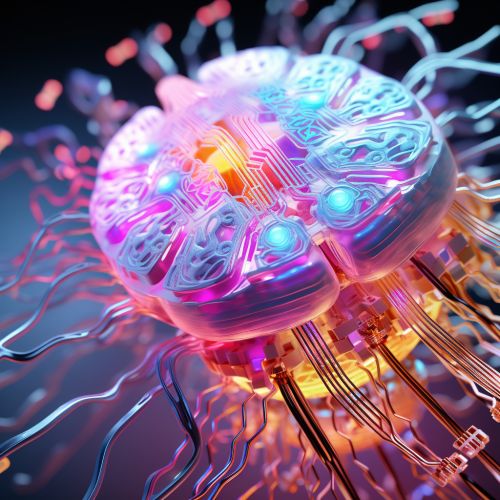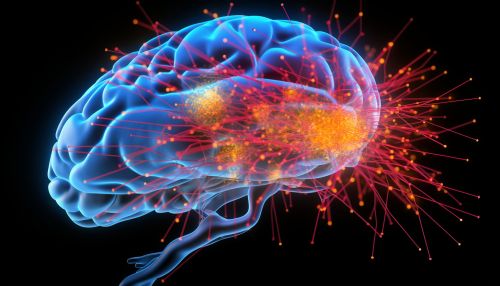Default mode network
Overview
The Default Mode Network (DMN) is a large scale brain network primarily composed of the medial prefrontal cortex, posterior cingulate cortex/precuneus, and angular gyrus. It is best known for being active when an individual is not focused on the outside world and the brain is at wakeful rest, such as during daydreaming and mind-wandering. However, it is also active when the individual is thinking about others, thinking about themselves, remembering the past, and planning for the future.


Discovery
The DMN was first discovered by neurologist Marcus Raichle and his colleagues at Washington University in 2001. They noticed that certain brain areas consistently showed decreased activity during task performance compared to rest in positron emission tomography (PET) studies. This led them to the realization that the brain is not at rest when not engaged in tasks, but rather, it shifts to a default mode of function that is intrinsically organized.
Components
The DMN is composed of several distinct, but interconnected brain regions. These include the medial prefrontal cortex (mPFC), the posterior cingulate cortex (PCC), the precuneus, and the bilateral angular gyrus. Each of these regions plays a unique role in the network's overall function.
Medial Prefrontal Cortex
The medial prefrontal cortex is involved in self-referential thinking and decision making. It plays a crucial role in understanding one's own emotions and predicting the emotions and intentions of others, a process known as theory of mind.
Posterior Cingulate Cortex
The posterior cingulate cortex is involved in memory retrieval and maintaining a coherent sense of self. It is also implicated in the process of internally directed thought and the ability to shift focus between different tasks.
Precuneus
The precuneus is involved in episodic memory, visuospatial processing, reflections upon self, and aspects of consciousness. It plays a significant role in the network's function during rest and has been implicated in processes related to self-consciousness.
Angular Gyrus
The angular gyrus is involved in a number of processes related to language, number processing, spatial cognition, memory retrieval, attention, and theory of mind. It is thought to integrate information from multiple senses to provide a comprehensive understanding of one's environment.


Function
The DMN is active during passive rest and mind-wandering, which often involves thinking about others, thinking about one's self, remembering the past, and planning for the future. These are often referred to as "internally directed" tasks. The network is also active during "externally directed" tasks that require an individual to focus on the world around them. However, the DMN is less active during tasks that require full attention.
The DMN is thought to be involved in the regulation of psychological and physiological processes, including self-referential thought, theory of mind, and episodic memory retrieval. It is also thought to play a role in moral and emotional processing, social cognition, and mood regulation.
Clinical Significance
Abnormalities in the DMN have been linked to a number of neurological and psychiatric disorders, including Alzheimer's disease, autism, schizophrenia, depression, and attention deficit hyperactivity disorder (ADHD). For instance, in Alzheimer's disease, the DMN is one of the first networks to show a decrease in connectivity. In autism, there is reduced connectivity within the DMN, particularly in the medial prefrontal cortex, which is involved in understanding the emotions and intentions of others.


Future Research
Future research on the DMN is aimed at further understanding its role in health and disease. This includes exploring its involvement in various cognitive processes, its changes during development and aging, and its potential as a target for therapeutic interventions in various neurological and psychiatric disorders.
